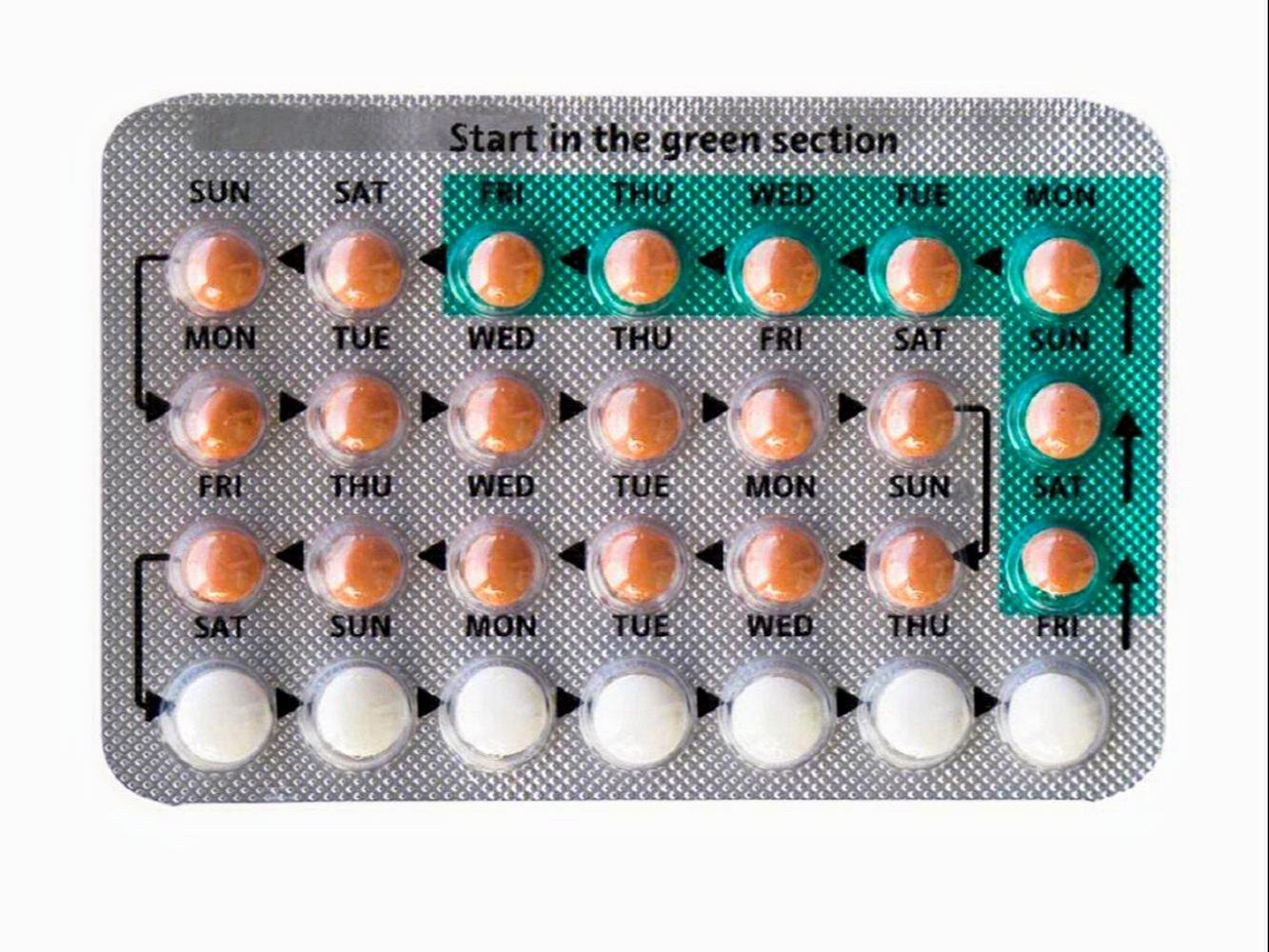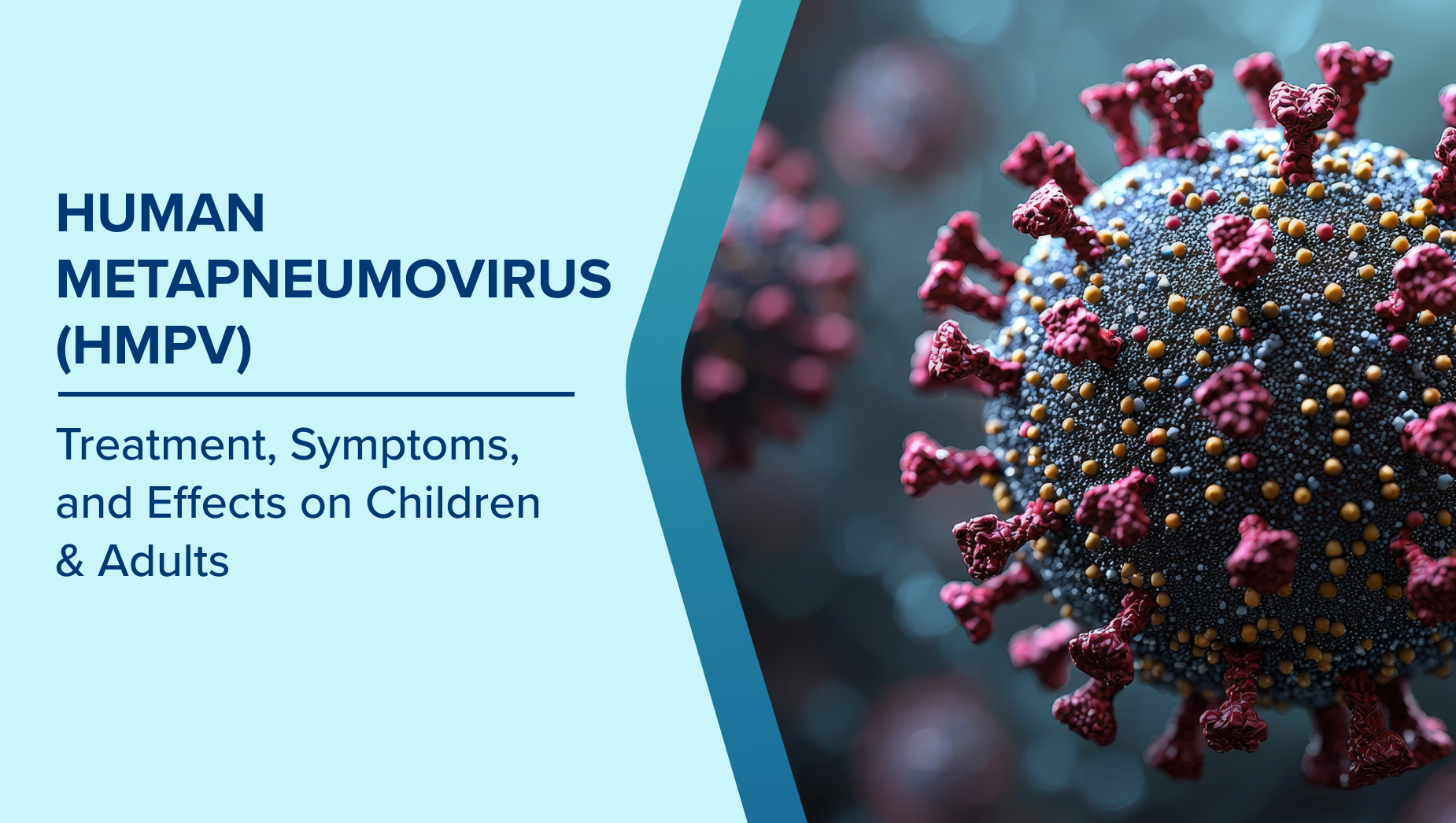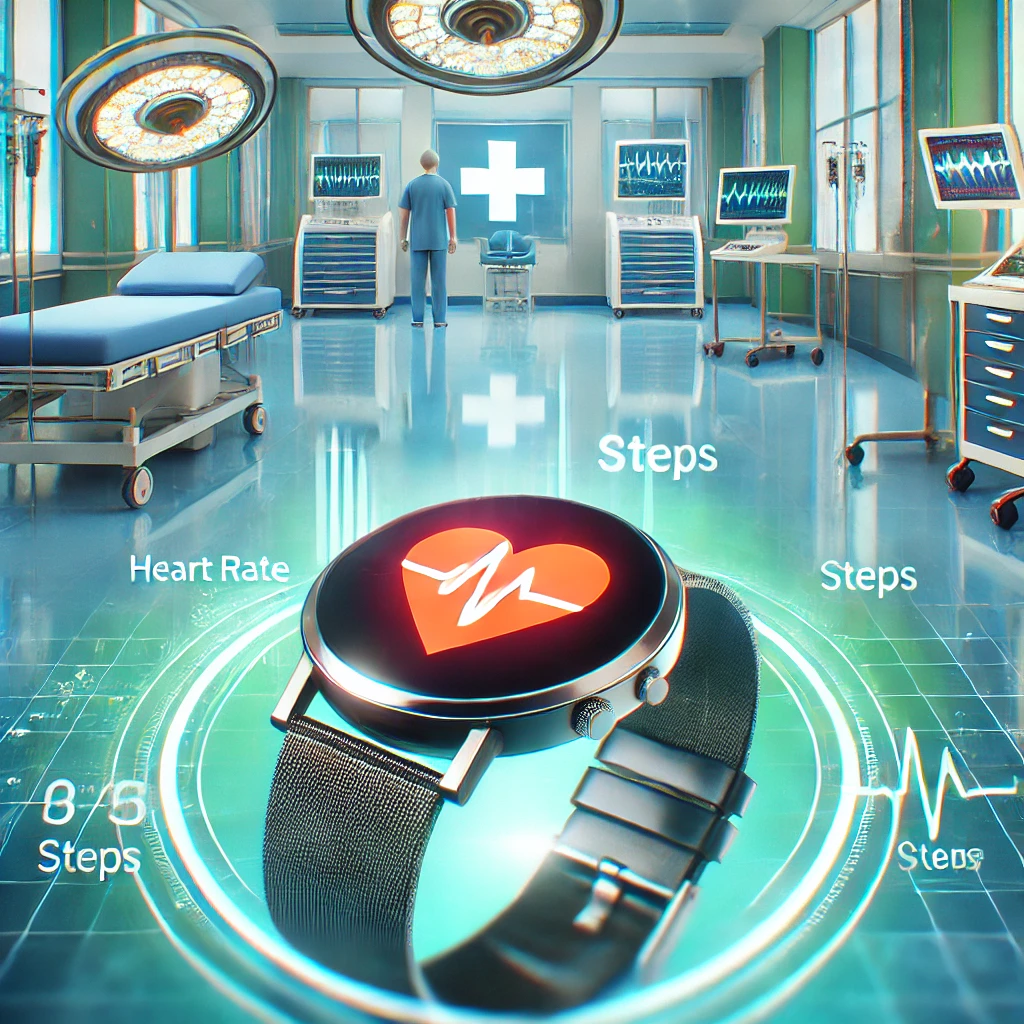
Types of Birth Control Pills : Efficacy, Risks, and Considerations
Birth control pills , also known as oral contraceptives, are a widely used method of preventing pregnancy. They work by using synthetic hormones to regulate the reproductive system. There are different types of birth control pills, each with its own efficacy, mechanisms of action, and potential side effects. Here’s a comprehensive look at the types of birth control pills, their effectiveness, and the risks associated with each.
1. Combined Oral Contraceptives (COCs)
Mechanism of Action: Combined oral contraceptives (COCs) contain two synthetic hormones: estrogen (usually ethinylestradiol) and progestin (a synthetic form of progesterone). These hormones work in several ways:
- Prevent ovulation: They stop the ovaries from releasing eggs.
- Thicken cervical mucus: This makes it harder for sperm to enter the uterus.
- Alter the uterine lining: This makes it less likely for a fertilized egg to implant.
Efficacy:
- Perfect use: 99.7% effective.
- Typical use: About 91% effective. This means that out of 100 women who use COCs for one year, around 9 will become pregnant due to missed pills, vomiting, or diarrhea.
Risks and Side Effects:
- Blood clots: Women who smoke, are over 35, or have certain health conditions may have an increased risk.
- Heart attack or stroke: The estrogen in COCs can increase the risk, especially for women with high blood pressure or a history of cardiovascular issues.
- Nausea, headaches, mood changes: These are common side effects when starting the pill.
- Increased risk of breast cancer: Some studies suggest a slightly higher risk, but the overall risk is small.
Additional Considerations:
- COCs are widely accessible and can regulate periods, reduce menstrual cramps, and treat acne.
- They require consistent use at the same time every day for maximum effectiveness.
- May not be suitable for women who are breastfeeding, as estrogen can decrease milk supply.
2. Progestin-Only Pills (POPs or Mini-Pills)
Mechanism of Action: Progestin-only pills contain only progestin, without estrogen. These pills primarily:
- Thicken cervical mucus, making it difficult for sperm to enter the uterus.
- Thin the uterine lining, reducing the likelihood of implantation.
- In some cases, they may also suppress ovulation, though this is not always consistent.
Efficacy:
- Perfect use: 99% effective.
- Typical use: 91% effective. Like COCs, missed doses or inconsistent use can lower effectiveness.
Risks and Side Effects:
- Spotting or irregular bleeding: Many women experience spotting or changes in their menstrual cycle.
- No protection against STIs: Progestin-only pills do not protect against sexually transmitted infections (STIs).
- Bone density loss: Long-term use of progestin-only pills may be associated with slight reductions in bone density, though this is typically reversible upon discontinuation.
- Mood changes: Some women report mood swings, depression, or anxiety with progestin-only pills.
Additional Considerations:
- POPs are often recommended for women who cannot take estrogen, such as those who are breastfeeding or have a history of blood clots.
- They must be taken at the same time every day, and even a small delay can reduce effectiveness.
3. Extended-Cycle Pills
Mechanism of Action: Extended-cycle pills are a variation of combined oral contraceptives, but they are designed to extend the hormone-free interval. Instead of having a 7-day break each month, these pills are taken for a longer period before a break (e.g., 12 weeks of active pills, followed by 7 days of placebo pills). This reduces the frequency of menstruation.
Efficacy:
- Perfect use: 99.7% effective.
- Typical use: Around 91% effective, as with standard combined pills.
Risks and Side Effects:
- Irregular bleeding or spotting: Especially during the first few months of use.
- Similar risks to combined pills: Including blood clots, heart attack, stroke, and hormonal side effects like nausea, headaches, and mood changes.
Additional Considerations:
- Extended-cycle pills are popular for women who wish to have fewer periods or for those with heavy menstrual bleeding.
- Not recommended for women who experience severe migraines with aura, as the extended use of estrogen might increase the risk of stroke.
4. Continuous-Use Pills
Mechanism of Action: Continuous-use birth control pills are taken every day without a break or placebo week. Unlike extended-cycle pills, which have a hormone-free interval, continuous-use pills are designed to prevent menstruation altogether. This is achieved by continuously administering the hormone combination (estrogen and progestin) throughout the month.
Efficacy:
- Perfect use: 99.7% effective.
- Typical use: Around 91% effective.
Risks and Side Effects:
- Breakthrough bleeding: Spotting or irregular bleeding can occur, particularly in the first few months.
- Similar risks to other hormonal pills: Blood clots, mood swings, headaches, and nausea.
- No period: Some women appreciate not having periods, but others might feel concerned about not having a monthly cycle.
Additional Considerations:
- Ideal for women who want to eliminate or reduce menstruation for medical or lifestyle reasons.
- Continuous use of hormonal contraceptives is not suitable for women with certain health conditions like a history of blood clots.
5. Emergency Contraceptive Pills (ECPs)
Mechanism of Action: Emergency contraceptive pills (often referred to as the “morning-after pill”) are used to prevent pregnancy after unprotected sex or contraceptive failure (e.g., condom breakage). These pills generally contain either high doses of levonorgestrel or ulipristal acetate, which can:
- Delay ovulation: Prevent the release of an egg from the ovary.
- Interfere with fertilization: By altering the uterine lining and cervical mucus.
- Prevent implantation: If the egg is already fertilized.
Efficacy:
- Effectiveness: The sooner the pill is taken after unprotected sex, the more effective it is. Levonorgestrel pills are about 75-89% effective within 72 hours, and ulipristal acetate is slightly more effective at about 85% within 120 hours.
Risks and Side Effects:
- Nausea and vomiting: These are common side effects, and if vomiting occurs within 2 hours of taking the pill, it may need to be repeated.
- Menstrual changes: It may cause irregular bleeding or delay the next period.
- No protection against future unprotected sex: Emergency contraceptives do not work as a regular form of birth control.
Additional Considerations:
- ECPs are not intended for routine use and should not replace regular contraception.
- They are available without a prescription in many countries but should be used as a backup rather than a primary method of contraception.
Conclusion
Each type of birth control pill has its own benefits, risks, and considerations. The choice of which pill to use should depend on individual health factors, lifestyle, and the need for contraception. While hormonal contraceptives like combined pills and progestin-only pills are highly effective, they come with risks that must be weighed, such as increased chances of blood clots, mood changes, and irregular bleeding. Extended-use and continuous-use pills offer convenience for women seeking fewer periods, but they may carry similar risks to other hormonal pills. Emergency contraceptive pills provide a backup method, but should not be relied upon regularly.
Women should consult with a healthcare provider to choose the method that best fits their health profile and reproductive needs. Regular check-ups are important to monitor any side effects and ensure the contraceptive method remains the most effective for the individual.



 DailyMediCure
DailyMediCure 









